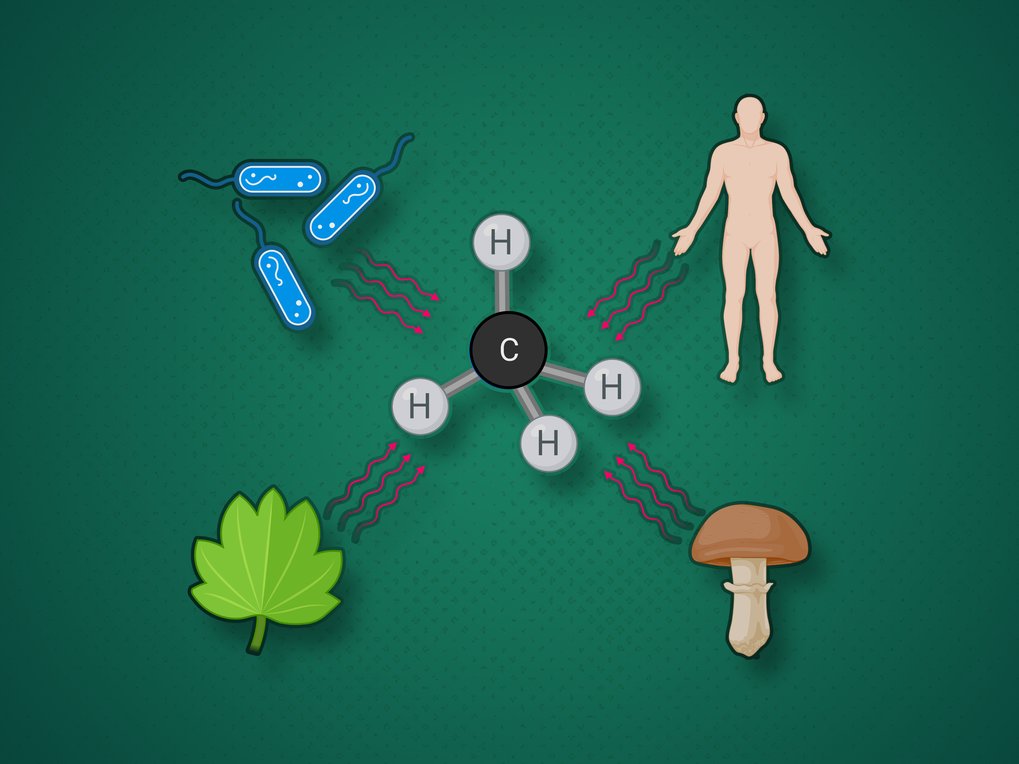2022-03-11 スウェーデン王・王立工科大学(KTH)
Abstract
Cancer is a major health problem, with premature death for many patients, and with a high monetary cost to society. The disease is complex to treat due to the many different types, but also because the disease-causing cells, that needs to be removed, are very similar to the normal cells. Traditional chemotherapy and radiotherapy therefore have a narrow therapeutic window. Targeted cancer therapy aims to precisely deliver a drug to the tumor tissue by recognizing biomarkers that are only, or at least mostly, associated with the cancer cells. Drug conjugates and fusion-toxins are two types of targeted drugs. They both consist of a cancer-targeting protein, a linker and a cytotoxic payload. The efficacy of drug conjugates and fusion toxins are determined by their targeting accuracy and cytotoxic potency. Optimization of drug conjugates and fusion-toxins concerns selecting the best combination of the three components for the best efficacy.
In my studies I have worked with targeting the human epidermal growth factor receptor 2 and 3, HER2 and HER3, respectively. I have used affibody molecules: ZHER2 and ZHER3, and an albumin binding domainderived affinity protein targeting HER2, ADAPT6. For in vivo half-life extension, I have used an albumin binding domain, ABD. As payloads, I have used the cytotoxic drugs DM1, MMAE, and MMAF, as well as a truncated version of Pseudomonas exotoxin A, PE25.
In paper I, the goal was to investigate the architecture of the tumor targeting part of affibody-derived drug conjugates. Seven different affibody constructs with different number and position of the affibody and ABD-domains were designed and evaluated, in vitro and in vivo. They differed in their effect on cell proliferation, where particularly the constructs with two affibody domains increased the rate of proliferation for the SKOV-3 cell line with high expression of HER2. In vivo, the constructs with one affibody domain had a longer blood retention and lower hepatic uptake compared to the constructs with two affibody domains. Two constructs were selected for characterization as drug conjugates, one that promoted cell proliferation strongly, and one that had only a minor effect on cell proliferation. The conjugates were investigated as drugs for treatment of mice carrying HER2- overexpressing SKOV-3 tumors. The results showed that the affibody drug conjugate ZHER2-ABD-mcDM1 was the most efficient drug. ZHER2-ABD- mcDM1 suppressed tumor growth and extended the median survival time of the mice from 37 to 63 days.
In paper II, the goal was to investigate the properties of affibody or ADAPT- based fusion-toxins, targeting the HER2 receptor. The results showed that utilizing ZHER2 as targeting domain, to carry the toxic peptide PE25 to HER2 overexpressing cells, was better than using a dual-HER2 binder, consisting of ZHER2 and ADAPT6. Furthermore, the results showed that PE25based fusion toxins with high affinity to HER2 do not necessarily increase the cytotoxic effect beyond a certain point in affinity for the receptor.
In paper III, the first HER3-targeting affibody drug conjugate was produced and studied. It was designed using the optimal format from paper I, i.e. affibody-ABD-mcDM1. The results showed a drug conjugate with a potent cytotoxic effect on the pancreatic cancer cell line, BxPC3, with an IC50 value of 6 nM. In mice, injection of a radiolabeled version of ZHER3-ABD-mcDM1, showed uptake in implanted BxPC3 tumors peaking at 6.3 ± 0.4 %ID/g at 6 h post-injection. The general biodistribution showed uptake in liver, lung, salivary gland, stomach, and small intestine, organs known to express HER3 naturally. Collectively, the results show that ZHER3-ABD-mcDM1 is a highly potent and specific drug conjugate, that motivates further development, and possibly investigation of its functionality in experimental therapy of HER3 overexpressing tumors in mice, and later humans.
In paper IV, the goal was to investigate different cytotoxic drugs as part of an affibody-based drug conjugate targeting HER2. The optimal architecture from paper I, was employed also here, ZHER2-ABD-drug. The drugs tested were the tubulin polymerization inhibitors DM1, MMAE, and MMAF. ZHER2-ABD-mcMMAF had the most potent cytotoxic effect, with an IC50 value of 0.18 nM for SKBR3 cells with high HER2 expression. ZHER2-ABD- mcMMAE did not perform well in the cytotoxicity experiment. A better linker connecting the drug to the protein is probably required. ZHER2-ABD- mcMMAF was the best performing drug conjugate with the highest potency, and lowest uptake in liver; slightly outperforming ZHER2-ABD-mcDM1.
In conclusion, the four papers cover generation and optimization of drug conjugates and fusion-toxin based on affibody molecules and ADAPTs. In the papers, new variants with desirable properties were identified and characterized.



